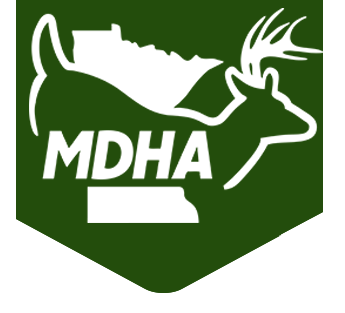
- Jim Sobolik
- From Whitetales
- Hits: 2836
Winter Rye: A Great Late Season Food Plot
- Jim Sobolik
- From Whitetales
- Hits: 2836
What makes winter rye a good choice for food plots is that it will grow just about anywhere, even from poorer soil that might range from dry to wet, poorly drained soil.
Winter rye is not to be confused with rye grass. Rye grass is a perennial grass that I have never found to be on top of the deer’s choice of something good to eat.
Winter rye is the hardiest of all cereal grains. Compared to other cereal grains, rye grows faster, requires little or even no fertilizer, but, of course, some fertilizer is always advised. Rye also produces a lot of tons-per-acre of good palatable food for deer that is as high as 20% protein well into the winter and comes up early in the spring to give the deer the first good food of the year.
Winter rye will germinate and grow with temperatures as low as 33 degrees, however, warmer temps will provide better growth.
One common mistake I see people make is planting the rye too early, if planted too early in the summer, it will get too stemmy and tall, making it less attractive to deer. Ideally, the planting date here in northern Minnesota, is about the 20th of August to even the 1st of September, making for a lush, thick carpet of greens that the deer love.
Winter rye works very well all by itself, but can also be mixed with other types of forage like clover, turnips, peas or rape, providing you’re not using it for a rotation crop to get away from brassicas.
One thing to remember is that winter rye is a plant that we call a weed suppressor. If the rye germinates first in a mixture, it will stop, or slow, the growth of plants that are planted with it. For example, if it’s a very dry year (like 2021), the winter rye will germinate just about anywhere, reducing the germination of the other plants until there is adequate moisture. The upside to this is the winter rye will help if you have a weed problem in your food plot. By working the ground well before planting, the rye will grow faster and smother out the weeds.
Seeding rates on planting rye alone should be around 80-100 pounds per acre, and using approximately ½ of that when planting with other seeds.
For planting winter rye, after working up the soil good, you can use a planter if you have one, or just broadcast and then use a good drag to cover the seed up. Try to cover the seed 1” to 1 1/2” deep.
I personally think that winter rye is sweeter than other cereal grains, making it a favorite of deer.
If you’re looking for a very cost-effective food plot seed that will provide great results, give winter rye a try.






